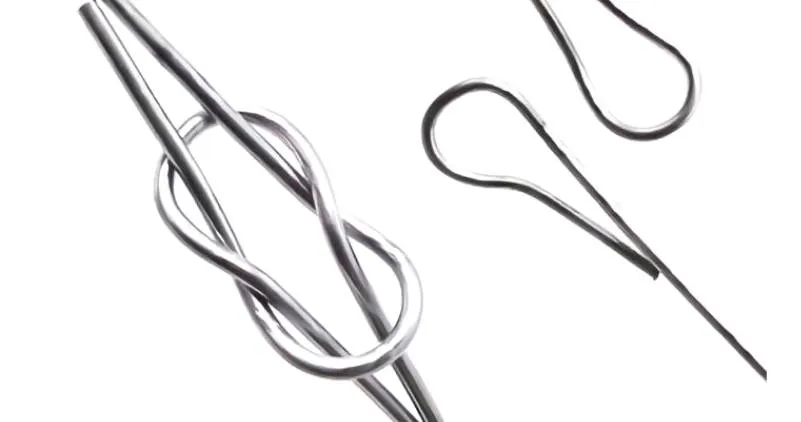-
 Phone:
Phone: -
 Email:
Email:

what is baling wire used for
What is Baling Wire Used For?
Baling wire, a type of wire commonly used in agriculture and recycling operations, serves a crucial role in bundling a variety of materials ranging from hay and straw to cardboard and metals. This strong and durable wire can be crafted from different materials, including steel and aluminum, and comes in various gauges depending on the application. Understanding the uses of baling wire can help one appreciate its significance in both agricultural and industrial sectors.
Agricultural Uses
In agriculture, baling wire is predominantly used for packing hay and straw. Farmers use large balers to compress and bundle crops such as hay, straw, or silage into manageable sizes for transport and storage. Baling wire ensures that these bundles maintain their shape and are secured tightly, preventing them from falling apart during handling or storage.
When it comes to hay, for instance, the use of baling wire is crucial during the harvesting process. After the hay is cut, dried, and processed, it is formed into bales that are easier to transport and store. The baling wire holds the bales together, enabling farmers to stack them in barns or on transportation vehicles without worrying about the bales breaking apart. This storage method is not only convenient but also helps protect the crops from moisture and spoilage.
Recycling Applications
Baling wire plays a vital role in recycling operations, especially in the processing of cardboard, plastics, and metals. Recycling facilities often need to compress these materials into bales to streamline storage and transport. Baling wire is used to secure these bales, making it easier for recycling plants to handle large quantities of materials efficiently.
what is baling wire used for

For example, when recycling cardboard, facilities use baling wire to tightly bundle the flattened boxes. This bundling reduces the volume of the cardboard, making it more economical to transport to recycling centers. In metal recycling, baling wire holds together scrap metal, which can then be shipped to foundries for reprocessing. The strength and versatility of baling wire make it an essential tool in the recycling industry, as it contributes to the efficient handling and recycling of material waste.
Different Types of Baling Wire
Baling wire comes in various types, each suited for specific applications. Steel baling wire is favored for its strength and durability, making it ideal for heavy-duty purposes like metal and cardboard recycling. It can withstand significant tension and is less likely to break under pressure. On the other hand, aluminum baling wire is lightweight and resistant to rust, which makes it suitable for situations where corrosion may be a concern.
Moreover, baling wire can also be coated or galvanized to enhance its resistance to rust and extend its lifespan. Choosing the right type of baling wire is crucial for ensuring that it meets the specific needs of the application, whether in agricultural operations or industrial recycling.
Conclusion
In summary, baling wire is a fundamental component in both agriculture and recycling. Its primary uses include securing hay and straw bales, aiding in the efficient packaging of various recyclable materials, and simplifying storage and transportation processes. The different types and strengths of baling wire available allow for a range of applications tailored to specific needs. As industries continue to evolve, the demand for effective bundling solutions like baling wire remains strong, highlighting its importance in facilitating operations across agriculture and recycling sectors. Whether you’re a farmer looking to store your harvest or a recycling facility aiming to manage waste efficiently, understanding the value of baling wire is crucial in maximizing efficiency and effectiveness in your processes.
-
Wire Mesh for Every Need: A Practical SolutionNewsJul.25,2025
-
Steel Fences: Durable, Secure, and Stylish OptionsNewsJul.25,2025
-
Roll Top Fencing: A Smart Solution for Safety and SecurityNewsJul.25,2025
-
Cattle Farm Fencing Solutions for Maximum SecurityNewsJul.25,2025
-
Affordable Iron Binding Wire SolutionsNewsJul.25,2025
-
Affordable Galvanized Wire SolutionsNewsJul.25,2025
-
Wire Hanger Recycling IdeasNewsJul.25,2025








